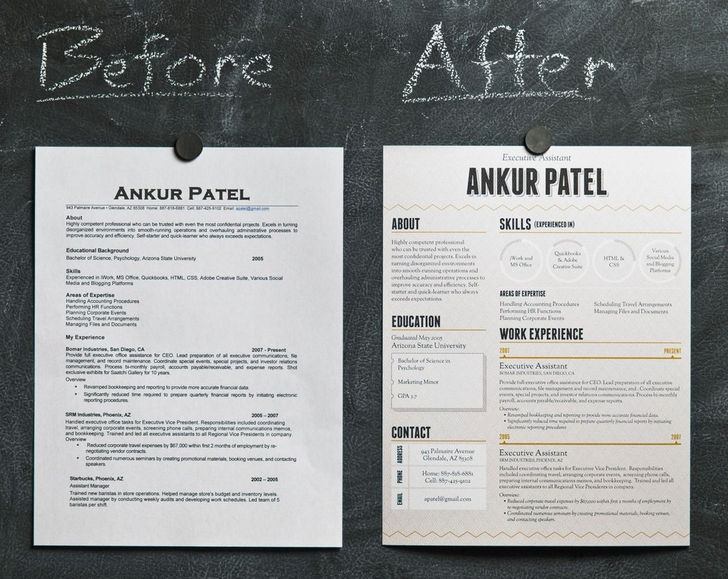Reading is a method of communication that enables a person to turn writing into meaning. It allows the reader to convert a written text into a meaningful language with independence, comprehension, and fluency, and to interact with the message.
7 Reading Techniques or Styles are the following:
Reading is a great habit that can change human life significantly. It can entertain us; amuse us and enrich us with knowledge and experiences narrated.
There exist some reading techniques, which if mastered at a growing stage can help us, be better and far more comprehensive readers.
These skills might not necessarily be learned as rigid theories or rules but if understood well once they can definitely enhance the reading skills and increase the quality and quantity of output that we get from after reading.
The followings are seven styles/techniques of reading used in different situations:
Scanning Reading Technique
Scanning through the text is a reading strategy that is used for getting some specific points by looking at the whole text.
For highlighting the important points of a book the readers can skim through the summary or the preface or the beginning and end chapters of that book.
For example,
This technique is used for looking up a name from the telephone guidebook.
Skimming Reading Technique
This reading technique is used for getting the gist of the whole text lead. We generally use this technique at the time of reading a newspaper or magazine.
Under this technique, we read quickly to get the main points and skip over the detail.
It is useful in getting a preview of a passage before reading it in detail or reviving understandings of a passage after reading it in detail.
Active Reading Technique
Active reading aims to get an in-depth understanding of the text. Under this technique, the reader actively involved with the text while reading it.
Getting in-depth knowledge of the text at hand is not possible by reading to skim through or scan through the text.
Detailed Reading Technique
This technique is used for extracting information accurately from the whole text. Under this technique, we read every word for understanding the meaning of the text.
In this careful reading, we can skim the text first for getting a general idea and then go back to read in detail. We can use a dictionary to find the meaning of every unfamiliar word.
Speed Reading Technique
Speed-reading is actually a combination of various reading methods.
The aim of speed-reading is basically to increase the reading speed without compromising the understanding of the text reading. Some of the strategies used in speed reading are as follows:
- Identifying words without focusing on each letter;
- Not to sounding-out all words;
- Not sub-vocalizing some phrases;
- Spending less time on some phrases than others;
- Skimming small sections.
Structure-Proposition-Evaluation Reading Technique
This is an interesting reading technique suggested by Mortimer Adler in his book How to Read a Book.
This reading technique is mainly applicable to non-fiction writing. This technique suggests reading as per the three following patterns:
- Studying the structure of the work;
- Studying the logical propositions made and organized into chains of inference;
- Evaluation of the merits of the arguments and conclusions.
Survey-Question-Read-Recite-Review Reading Techniques
This method aims to facilitate a clear understanding of the text that the reader would be able to teach whatever he has learned during the process of reading.
The process involves five different steps, which are as follows:
- Survey
The survey involves getting a quick idea of the whole writing piece. For example, reading the introduction or summary of a book will be enough to get an idea of that book. - Question
We are not just reading the words or looking at the words but are actually trying to make out the underlying meaning of the text. So we should prepare questions in our mind and look for the answers while reading the text. - Read
The reader should read selectively if they are looking for any specific. - Recite
The reader should answer the questions in his own words using only the keywords that are required to sum up the complete idea. - Review
The reader should review the entire things in his mind.
Reading is the basic foundation on which academic skills of individuals are built. As we know the paramount importance of reading, it is given the top priority in primary education.
Many believe that reading is a true measure of a person’s success in academics. Most of the subjects taught to us are based on a simple concept – read, understand, analyze, synthesize, and get information.

